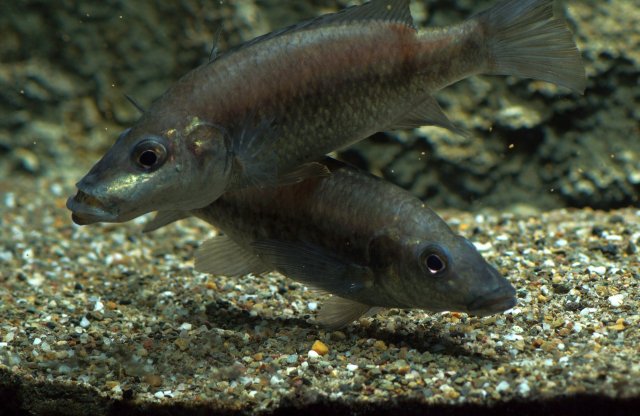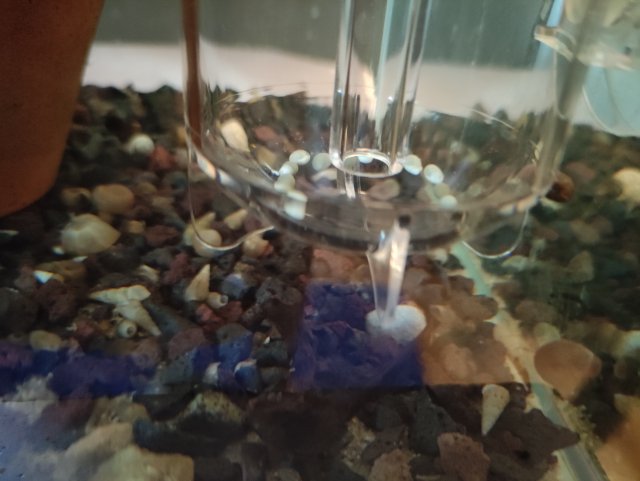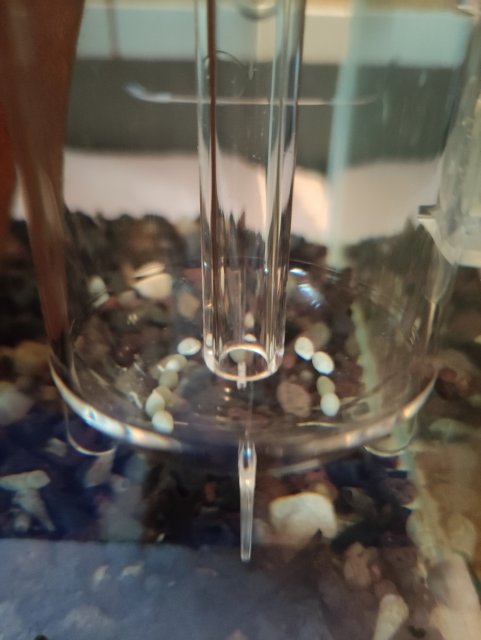Is that a Ziss tumbler? If so, they have some videos on how much movement the eggs and eventually fry should have about 3/4 of the way down the following link Ziss Tumbler
Stomatepia mongo
- Thread starter Milingu
- Start date
You are using an out of date browser. It may not display this or other websites correctly.
You should upgrade or use an alternative browser.
You should upgrade or use an alternative browser.
Ah that's too bad on the last one, wishing you luck in your smallest is successfulNo success. The eggs were not fertilized. They became white (no fungus) an dissolved.
View attachment 1508098View attachment 1508099
The smallest female just spawned yesterday but ate all the eggs.
I'm assuming the dark colored stomatepia Mongo is the male.Feeding on Artemia soft pellets
Yes, in the video the dark ones are males. But also the females are sometimes fully black. They communicate a lot with their colours. I haven't fully figured out what the different colours and patterns mean. Sommetimes they are all pitch black. That normaly happens when the whole group is relaxed. When there is a female ready to mate (can start several weeks before the actuall spawning) the bigger males go fully black and the for the rest of the group it is the lower the rank the less black they show. Exept for the 2 (or 3?) females which are often fully black though they don't allways engage in the fights (they sometimes defend the spawning site more than the males).I'm assuming the dark colored stomatepia Mongo is the male.
They all lose the black colours during feeding time. I guess for hunting light grey and brownish colours are an advantage. If the video would be longer you could see the big males faded too. Here is picture of them with less black.

Very interesting.Yes, in the video the dark ones are males. But also the females are sometimes fully black. They communicate a lot with their colours. I haven't fully figured out what the different colours and patterns mean. Sommetimes they are all pitch black. That normaly happens when the whole group is relaxed. When there is a female ready to mate (can start several weeks before the actuall spawning) the bigger males go fully black and the for the rest of the group it is the lower the rank the less black they show. Exept for the 2 (or 3?) females which are often fully black though they don't allways engage in the fights (they sometimes defend the spawning site more than the males).
They all lose the black colours during feeding time. I guess for hunting light grey and brownish colours are an advantage. If the video would be longer you could see the big males faded too. Here is picture of them with less black.
View attachment 1514340




